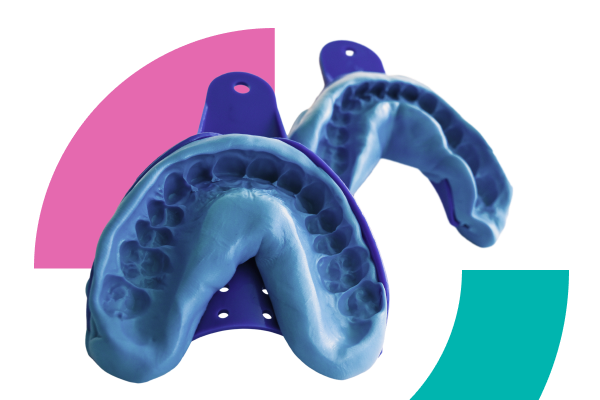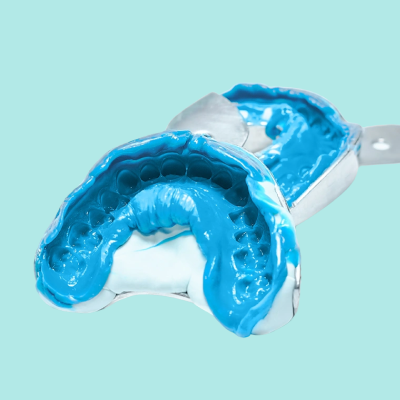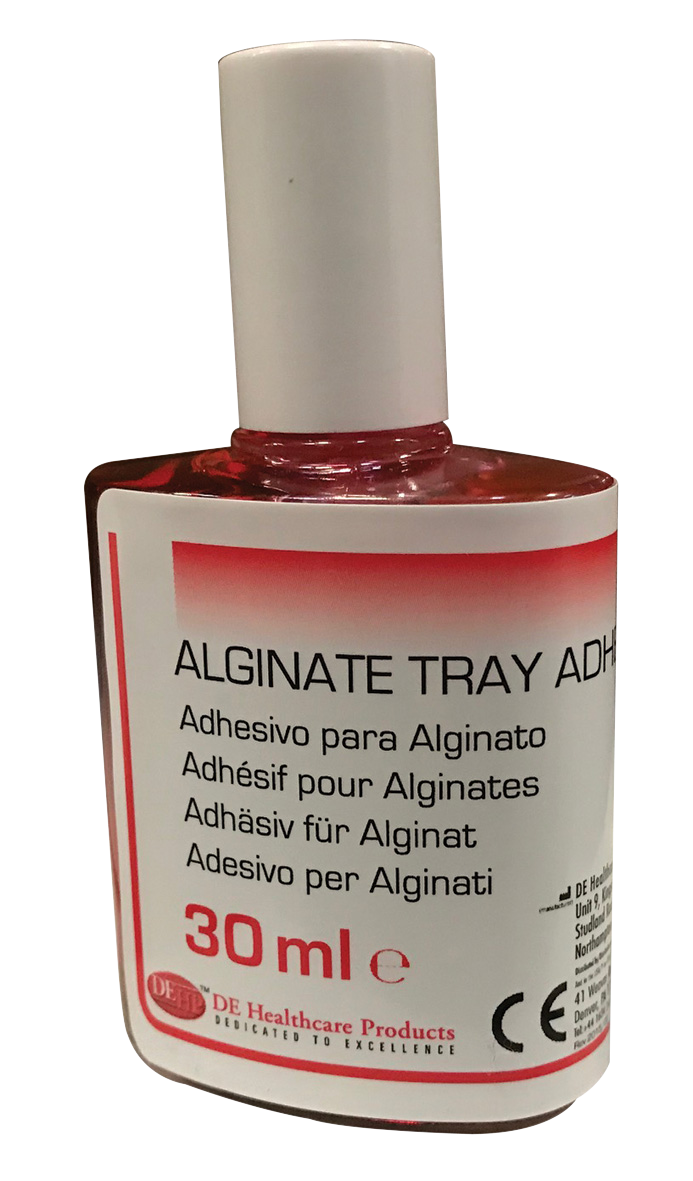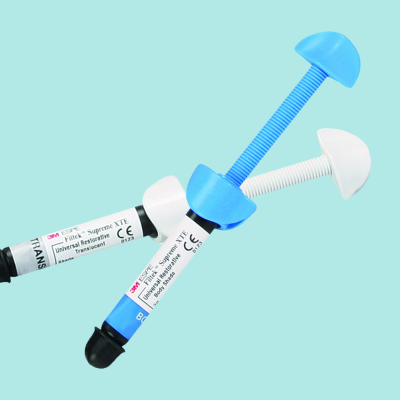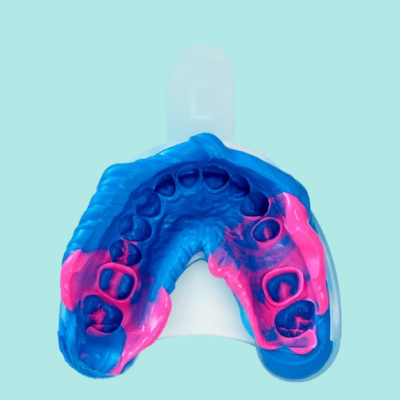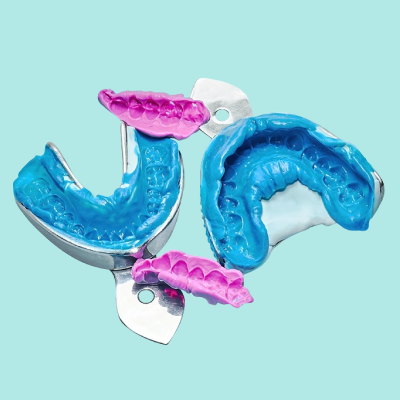Despite there being several different impression materials competing on the market, alginate remains the most widely used by dentists. The enduring popularity of dental alginate impressions can be put down to several factors. Chiefly, these are simplicity, affordability and workability. Not all alginates are built the same, however. Some can offer additional benefits for dentist and patient that should be considered prior to purchase.
What is Dental Alginate?
Alginate is an impression material used to create a replica of a patient’s teeth and mouth. This replica is used to form a mould which is then used for the provision of dentures, crowns and other prosthetics. The main ingredients of dental alginate are sodium alginate, calcium sulfate, trisodium phosphate, diatomaceous earth, zinc oxide, and potassium titanium fluoride. Dental alginate is an elastic, irreversible hydrocolloid. These properties mean it can turn from a liquid state into a semi-solid state depending on the temperature, but then cannot turn back. The material comes in a powder form which is mixed with water to form a paste. This paste takes three to four minutes to set. Though dental alginate mixing ratio varies according to each manufacturer, 38 ml of water for 16 gm of powder is a decent approximation. Pouring with plaster or stone should be done no longer than 10 minutes after setting as alginate is susceptible to imbibition (swelling from absorbing water) and syneresis (shrinking through loss of water) that can distort the impression.
Dental Alginate – What to Consider
Before next buying dental alginate, considering the following factors for an improved impression taking process.
Handling and Mixing
Arguably the most important property of any good alginate is its ability to be easily handled and mixed. Ease of mixing is very important when working with alginate as this will lessen the chances of bubbles forming and the impression being defected. Of course, the quality of the final impression is also dependent on the technique and timing of the practitioner. For the best results, alginate powder and water must always be mixed in the ratio indicate on the pack by the manufacturer for manual, semi-automatic and automatic mixing.
Dust-Free
One of the weaker points of alginate is that it can be messy to work with, certainly in comparison to silicone impression materials. For a less messy procedure, look out for alginates that are labelled as being dust-free or dustless. Dust-free alginate also means a lesser chance of inhalation.
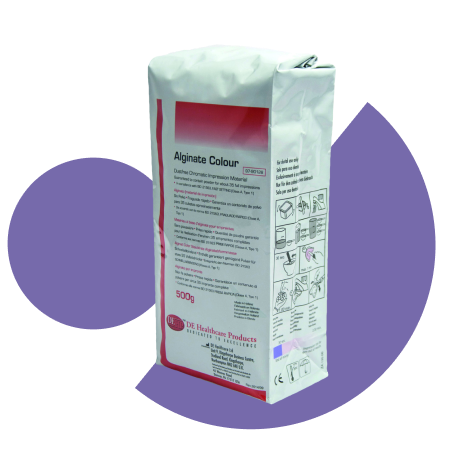
Affordability
Price is one of the big advantages of alginate and what adds to its overall value. Compared to a silicone, c silicone and polyether, alginate is comfortably the lowest priced on average. Though it can be worth enquiring about the shelf life of your alginate to minimise the chances of waste, alginate is well known for having a very good shelf life. For a better idea of how much to order and when, a 500g packet of alginate can make around 35 impressions. Take advantages of additional savings by seeking out money-off and free stock deals, trying guarantee-backed own brand alginates and purchasing from trusted suppliers offering free delivery.
Taste
To improve patient compliance and overall comfort, choose an alginate that has a neutral taste. Popular non-offensive and patient-friendly flavours to look out for include peppermint and fruit flavours.
Colour Changing
One of the newer advances in alginates is the addition of colour changing. Alginates with colour-changing properties turn from one colour to another to indicate that the mixing time has ended. For example, DEHP Alginate Colour 500g changes from purple to pink for a handy reminder of when mixing is done and it's time for the alginate to be placed in a tray.
